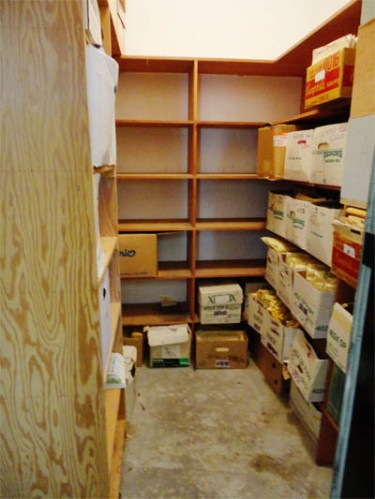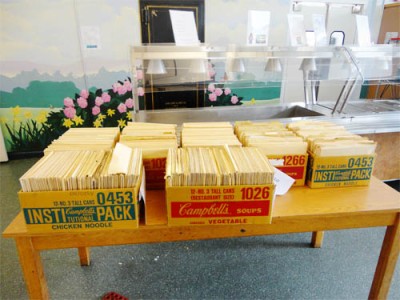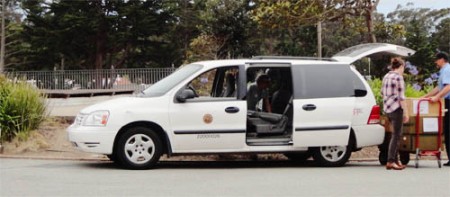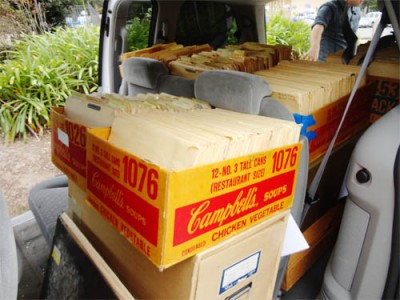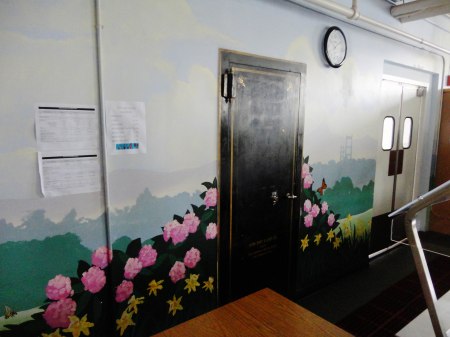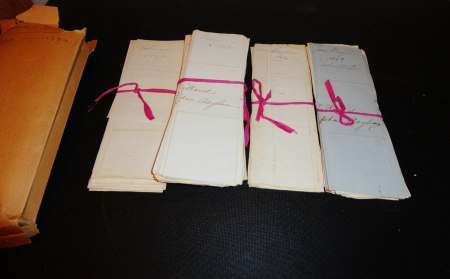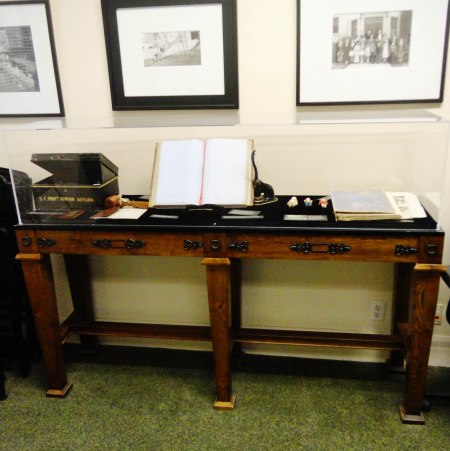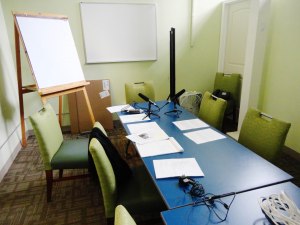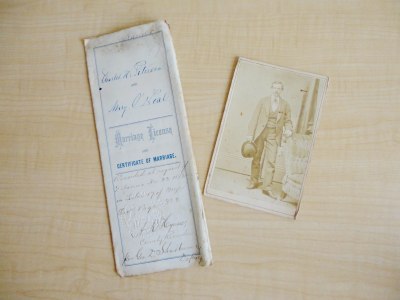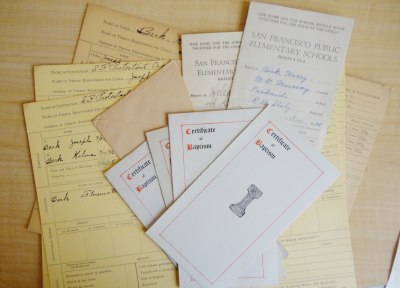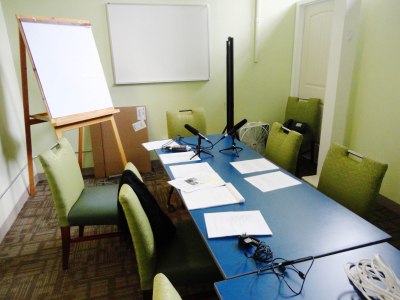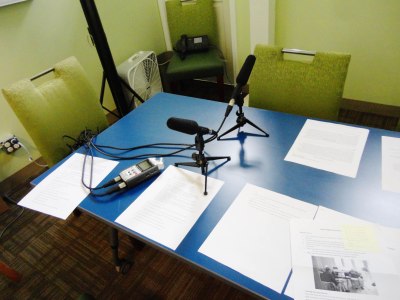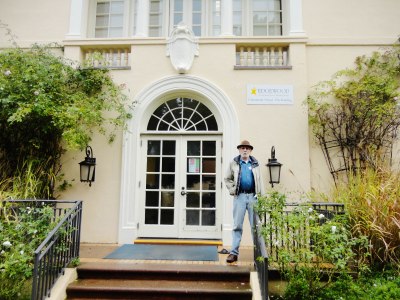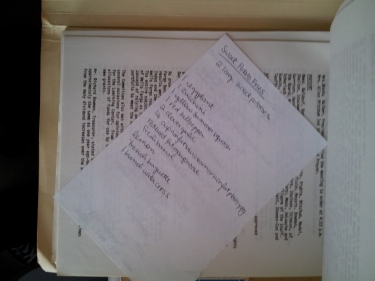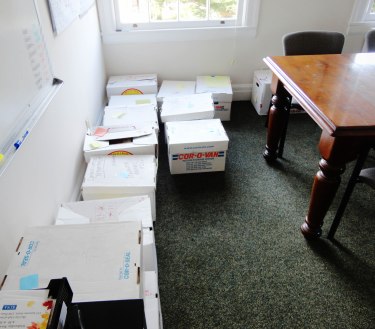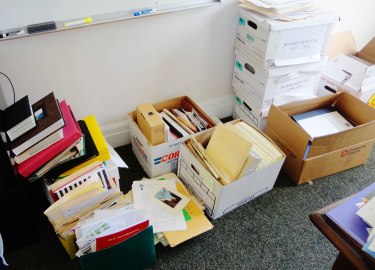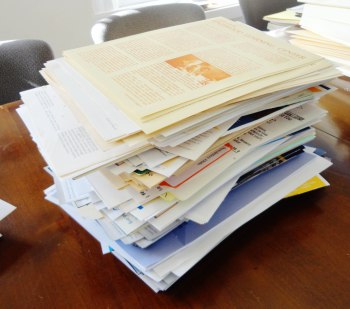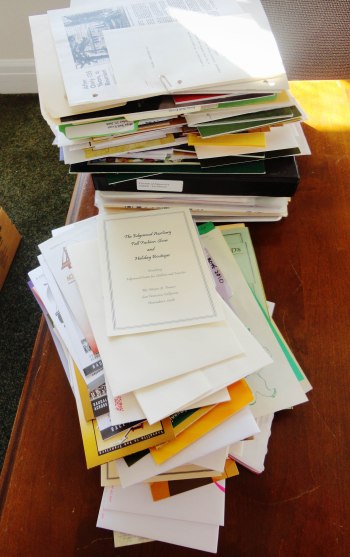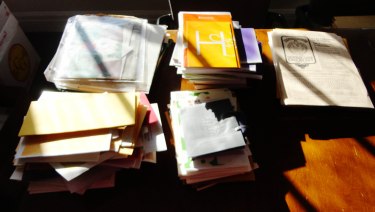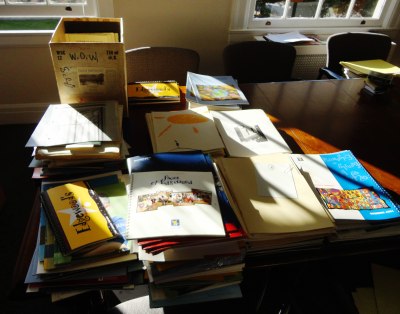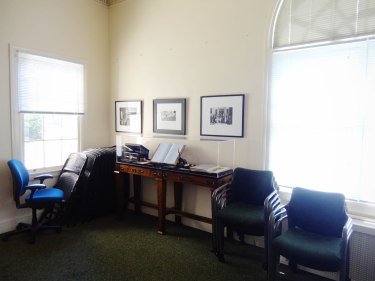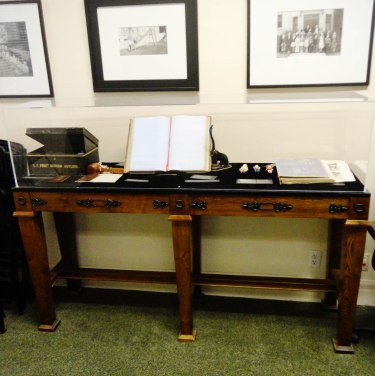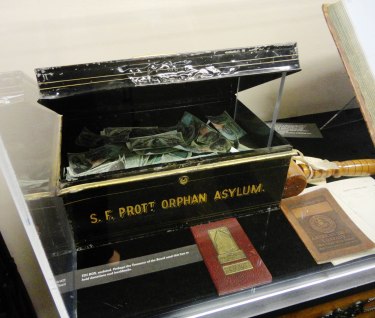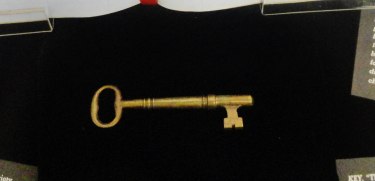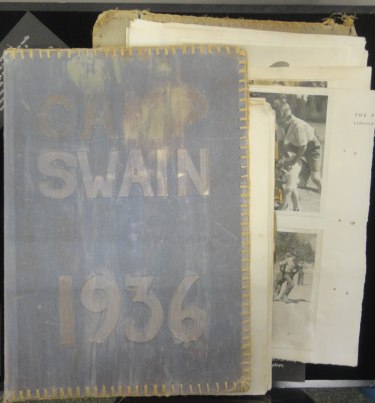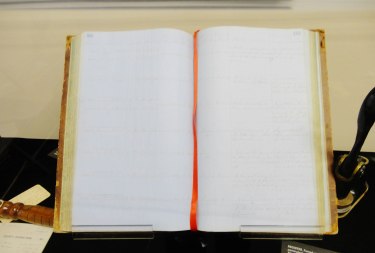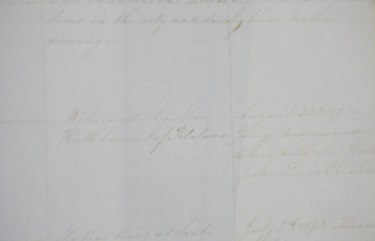Hello! It has been a long, long time since I’ve shared an update on the status of my Edgewood project. Even though I’ve been neglecting this poor little blog, much has been happening.
I’m still working on finalizing the transcripts for two oral history interviewees. One keeps requesting small changes every time I sent what I think is a final draft and there is a communication issue with another. But hopefully I can wrap that up soon.
I also finished digitizing all of the important records, which was essentially everything between 1851-1951. This included old photos, a scrapbook from 1936 (which I originally thought was a photo album until I took it out of its display case), lots of old annual reports, correspondence and ephemera.
But most importantly – I completed the donation of archival items to the San Francisco History Center, which was my ultimate goal! Yes, it is finally true. It took much longer than expected thanks to a crazy school and work and life schedule, but at least I made it happen. Part of the delay was in me digitizing everything I wanted to before the transfer. That was way more time consuming than I had planned for.
At the end of July (yes, sorry, I am very slow in posting this), three wonderful archivists from the SFHC came out to Edgewood and picked up about 12 boxes of assorted papers and artifacts and 14 or so boxes of orphan records from the 1850s to 1940s-ish.
What the vault holding most of the boxes looked like before:
You can see how much was cleaned out!
Here are some boxes waiting for the assembly line of getting moved to the van. You can see the vault they were stored in in the background (black door). These were orphan records from about the 1910s, I believe.
And a few more boxes in my office
And then it was all about playing tetris with the boxes and getting them into the van.
It was a very close call in being able to fit everything in the car. I have to credit the SFHC archivists with doing an amazing job of fitting 25+ boxes of different sizes, some without lids, some with fragile items, into this minivan and maintaining their sanity.
It feels so good to have completed my main goal of this project. All of the most valuable papers and items are now safely in the hands of the professionals, where they will last another 160 years of Edgewood history.
Someday the staff will process the collection (I’m dying for this to happen, but trying to not pressure them) and I’ve already begun referring people making genealogy requests to Edgewood over to the History Center for information.
In 2016, Edgewood celebrates its 165th anniversary! It is my hope that the collection can be at least partially processed as part of the anniversary celebration.
What started as a class project requiring 135 hours over a semester turned into a year-long project totaling somewhere around 400 hours. I am so happy and proud that it’s done and it was worth all of the time and stress.
I have some more to share and will hopefully get that posted soon.

